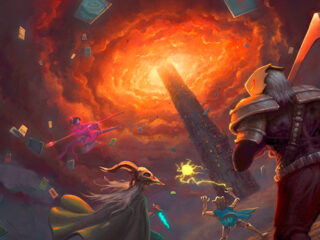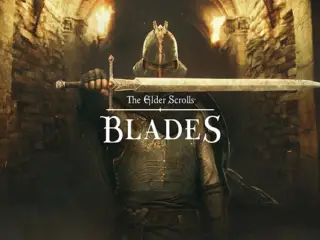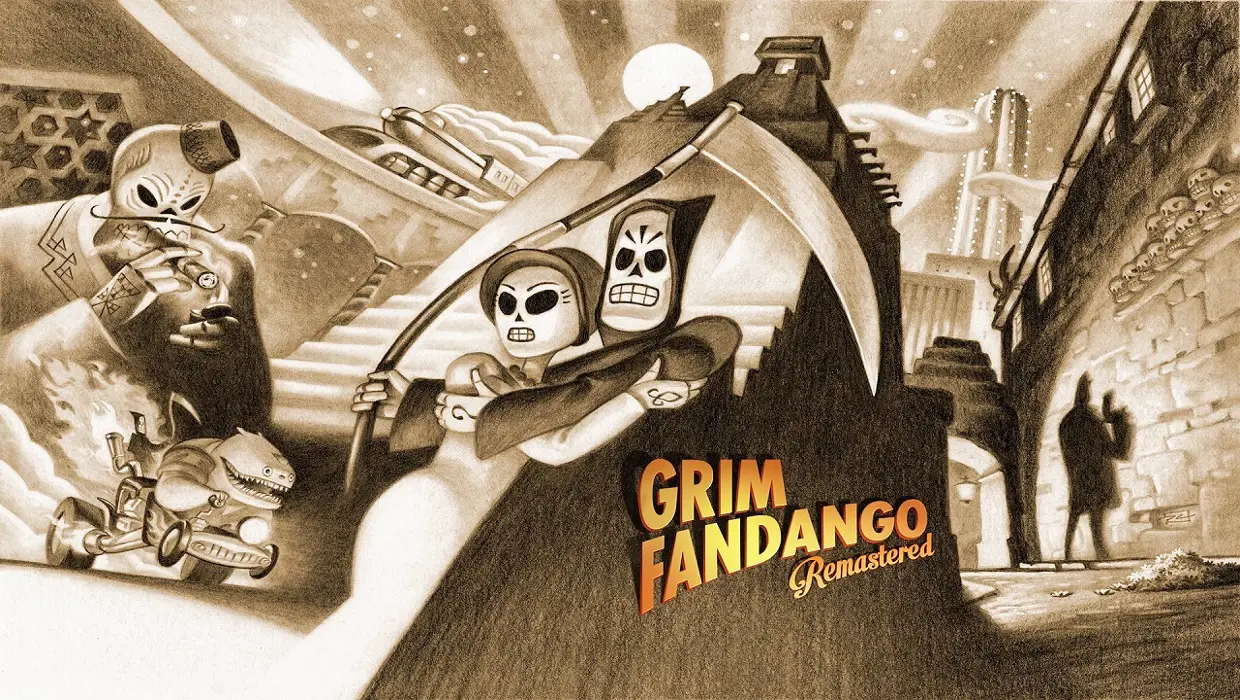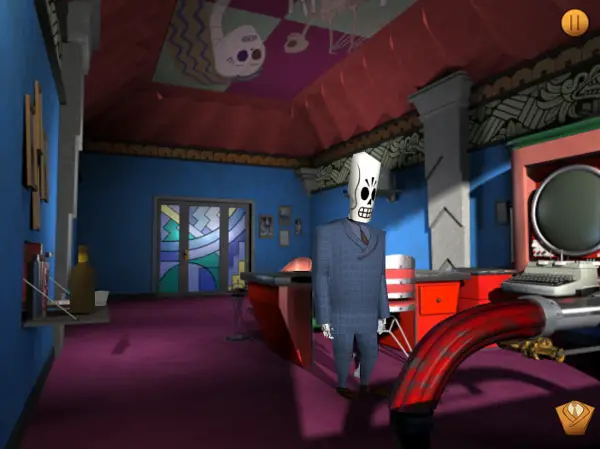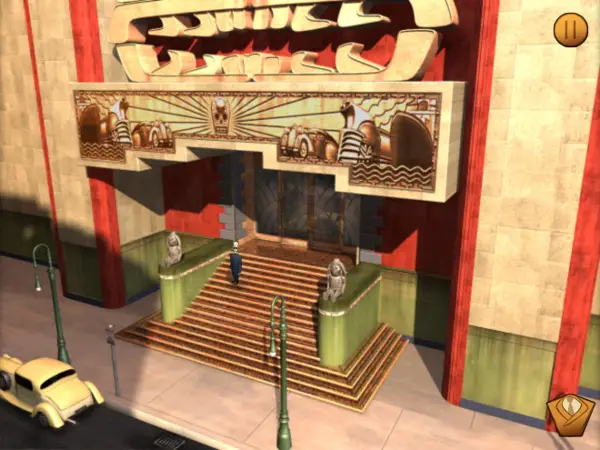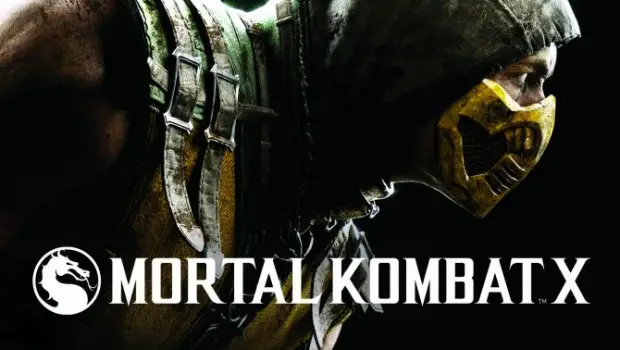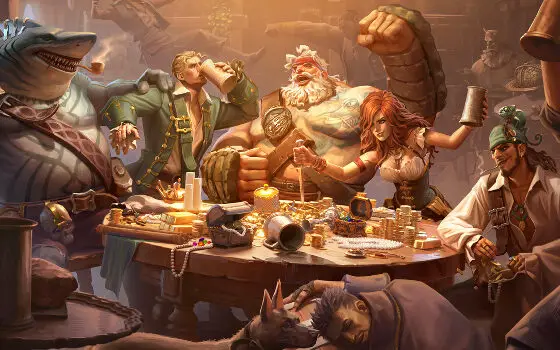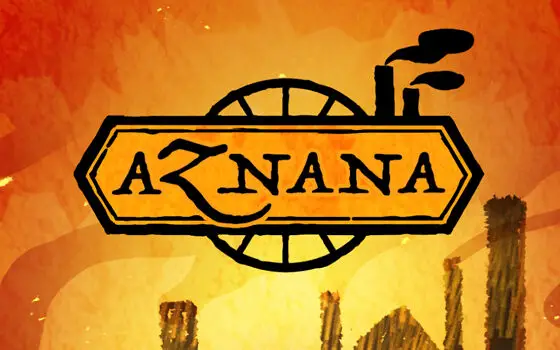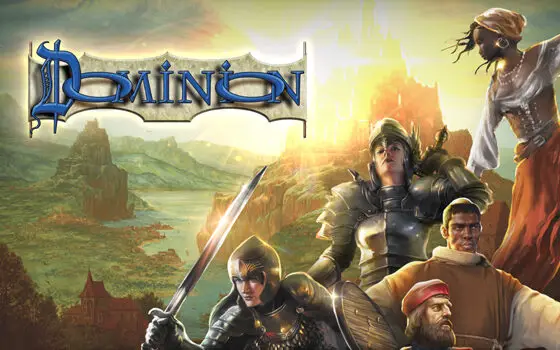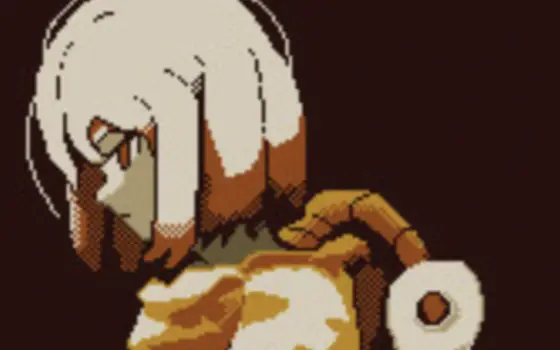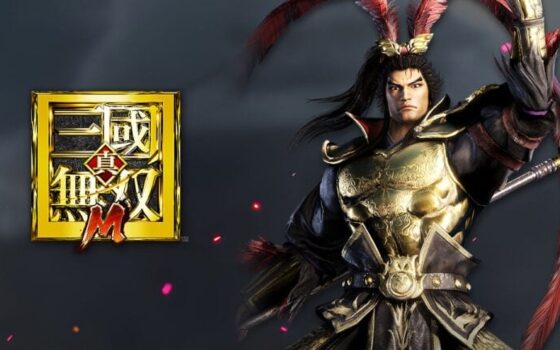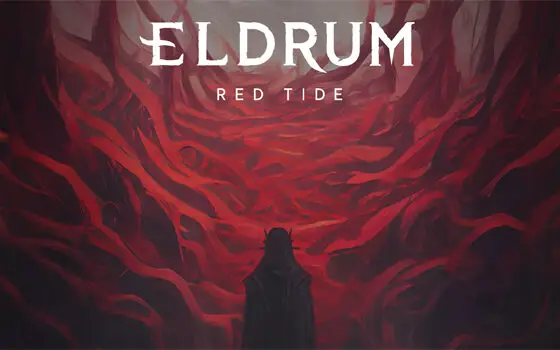 Fans often talk about the death of the adventure game in the late 90s, and Grim Fandango was the game that did it. Lucasarts was on a roll for a while, with games like Day of the Tentacle and Full Throttle. But when Grim pushed the genre into 3D, the audience was forced to contend with steep system requirements and needless control changes. Still, those who muscled through found a creative world of fantastic characters awaiting them.
Fans often talk about the death of the adventure game in the late 90s, and Grim Fandango was the game that did it. Lucasarts was on a roll for a while, with games like Day of the Tentacle and Full Throttle. But when Grim pushed the genre into 3D, the audience was forced to contend with steep system requirements and needless control changes. Still, those who muscled through found a creative world of fantastic characters awaiting them.
Grim Fandango takes place in the land of the dead, where the recently deceased must make their way across the wilderness to find their final resting place. The hero, Manny Calavera, is a travel agent to these souls, granting them passage by train, ship, or even walking stick, depending on their moral standing in life. At the start of the game, he loses a particularly innocent client and must follow after her to correct his error.
The visuals in this remake are largely unchanged, aside from smoother 3D models. All of the backgrounds are flat, pre-rendered images, but it’s all so perfectly stylish that its age barely shows. The bizarre combination of Mexican folk art and film noir art deco permeates every aspect of the world, and I can confidently say that you have never/will never see anything like it. Certain exceptions, like Glottis the mechanic and a group of demon beavers, are less inspired but still effectively whimsical.
The writing follows suit. There are moments that lead writer and designer Tim Schaefer disparages on the included commentary tracks, particularly an obsession with pithy one-liners, but he was incredibly adept at matching the film noir tone. The first act recalls Double Indemnity with its bureaucratic setting, while later acts put Manny in the shoes of a classic Bogart character.
Puzzle design, unfortunately, encounters a few missteps. One early puzzle involves items that are destroyed after an incorrect solution, requiring the player to go back and retrieve new items before trying again. Beyond this, the game is still a victim of obtuse adventure game logic. Who would ever think to use a cactus as a grappling hook? Still, the lion’s share are manageable, and the story that they present is absolutely worthwhile.
The biggest and most necessary change to the remaster was in its control scheme. The original game used character-relative direct controls, meaning that if Manny was facing the camera, you’d press forward and left to move him to the right side of the screen. Thankfully, this has been completely replaced with a touch-based point-and-click interface. Now, you just tap an object in the environment and then tap one of three actions (look at, pick up, use).
Inventory management is still a bit clumsy, since you have to cycle through items, rather than just having a list or thumbnails to select from. It’s cool seeing Manny pull each item out of his coat, but it really slows things down in areas with lots of puzzles to juggle.
This Android version actually ends up being more full-featured than its console and PC counterparts, thanks to the addition of an auto-save. This was one of the major frustrations of the re-release, and to see it corrected here, especially on a platform with less traditional play sessions, is great.
But is it Hardcore?
Yes!
A nearly-forgotten classic gets a second lease, thanks to improved control.



